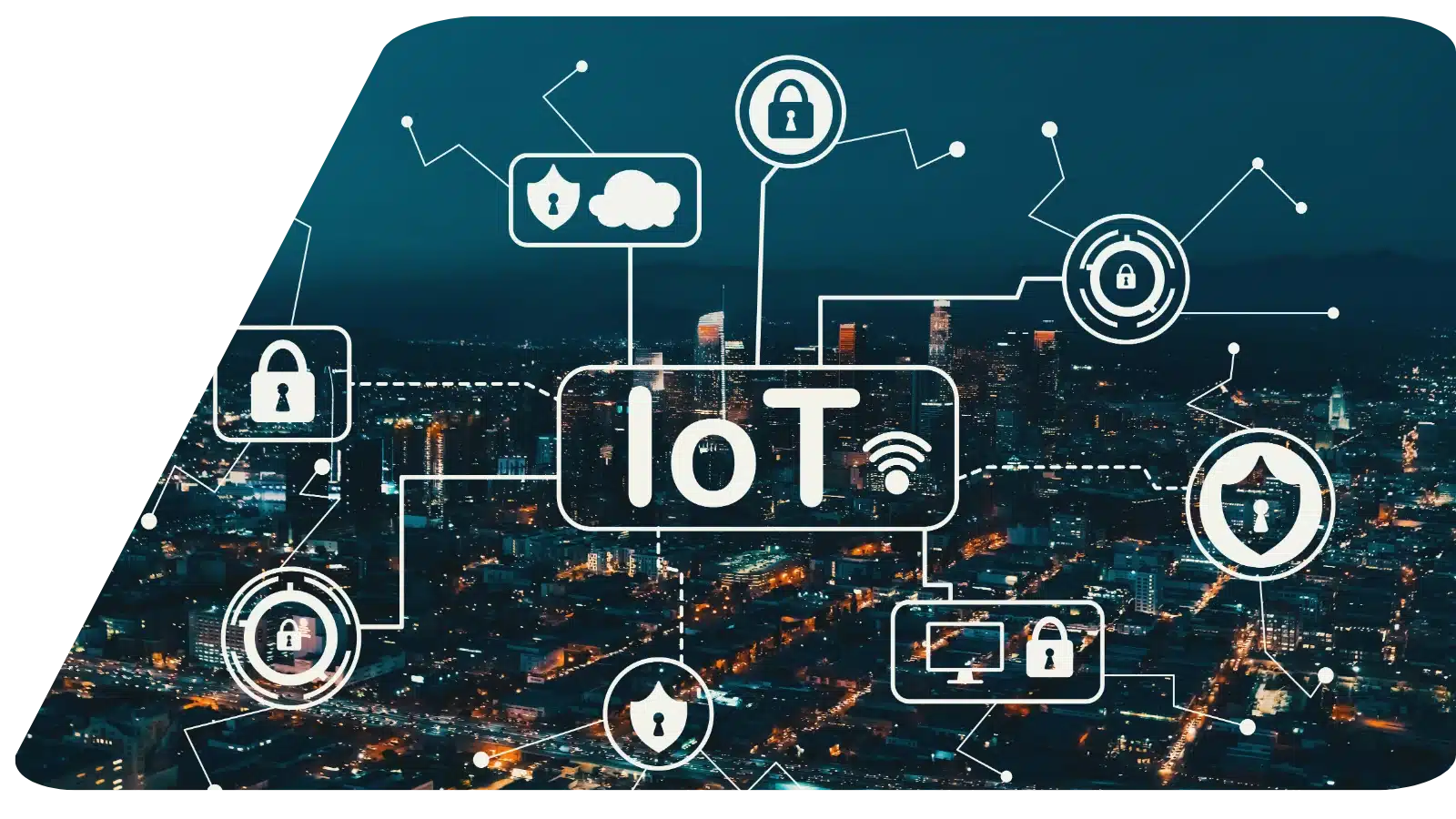Custom Hardware Design
Industrial IOT Development Services

Engineering for Real World Environments.
Connected Hardware for Your Systems
Engineering Smart Connected Systems
We design end-to-end smart networks for defense, home products, offshore rigs, and robotic production cells.
Mission Critical IoT
Rugged devices gather flight data for predictive maintenance, asset tracking, and digital twins, all while withstanding vibration, heat, and pressure. Secure VPN and satellite links relay that data for remote, autonomous missions.

Smart Prototypes
Smart prototypes stream real-world data, feed digital twins, validate design choices, and shorten the path from bench test to full-scale production.

Maritime IoT Systems
Waterproof, corrosion-proof hardware gathers pressure, salinity, speed, and location data, then relays it in real time for hazard alerts, remote maintenance, and streamlined cargo and fleet operations.

Hardware for Smart Factories
Our IIoT hardware connects machines, robots, and control systems. It enables real-time monitoring, predictive maintenance, and seamless MES or PLC integration.

Case Study & Insights
Frequently Asked Questions
What is the difference between IoT and IIoT?
IoT connects everyday objects like home thermostats or wearable fitness trackers to apps and cloud services. IIoT applies the same idea to factories, plants, and other heavy-duty settings, where reliability and real-time control is critical.
| Layer | IoT (Smart Home) | IIOT (Smart Factory) |
| Devices | Light bulbs, Thermostats | Sensors, PLCs, Robotic arms |
| Connectivity | Wi-Fi, Bluetooth | Ethernet, 5G, MODBUS, OPC UA |
| Processing | Mostly cloud-based | Edge gateways handle rapid decisions |
| Apps | Mobile dashboards | Control rooms, MES, SCADA |
For example, A home thermostat adjusts room temperature from a phone app whereas a factory temperature sensor feeds data to an edge gateway, which signals a cooling valve within milliseconds to protect a production line.
What do I receive at project completion?
You receive complete ownership of all deliverables: schematics, Gerber files, firmware, CAD models, test reports, and a DFM-optimized BOM. All files are organized, version-controlled, and traceable for future updates or audits.
Can I scale this into full production later?
How do you ensure hardware works in real world conditions?
Should we build custom hardware or buy off-the-shelf?
Off-the-shelf works for basic needs. For rugged, integrated, or high-reliability environments, custom hardware offers better fit and longevity. We assess your needs and deliver the right mix of COTS and custom solutions.
Can your devices integrate with robotics or factory systems?
Yes. Our hardware uses industrial protocols such as MODBUS, CAN, and RS-485 to connect with PLCs, SCADA dashboards, and robotic work cells. Integration draws on the full range of our Smart Factory services:
- Real-time Control with HMI & SCADA
- PLC Automation & Programming
- Industrial Engineering
- Machine Vision for Smart Manufacturing
- Custom Machine Design & Build
- Picking, Packaging, Assembly & Palletization
Together these capabilities give your IoT and IIoT devices a seamless path into fully automated, data-driven factory operations.
How does your IoT or IIOT development process looks like?
Working with us, isn't like engaging a typical IoT or IIOT design and engineering firm. We start our process with initial discovery where we go through your vision validation and early risk management. Then we go through validating concepts, fast forwarding preliminary design, detailed design, fabrication package, implementation and providing you with comprehensive support.
Learn more about our engineering design and discovery process.
Do you provide support for part obsolescence?
Current geopolitics is driving the renewal of defense and security systems as the landscape shifts. Legacy platforms require life extension while new technologies enter the battlefield. Enginuity guides clients through the obsolescence management process at the component, sub-assembly, and full-system levels.
We provide support by identifying suitable replacements, recommending redesigns, and, when necessary, managing complete system overhauls.
Can you support FCC, CE, or ISO certifications?
Yes. We design hardware to meet the exact standards your market demands and guide you through every test and filing.
Over the years, we have met the following standards/certifications:
Electronics Standards
- FCC Part 15
- PTCRB
Military & Defense Standards (MIL-SPECs)
- MIL-STD-810 – Environmental Engineering Considerations for Military Equipment
- MIL-STD-882 – System Safety
- MIL-STD-461 – Electromagnetic Interference (EMI) Control
- MIL-STD-1472 – Human Factors Engineering
- MIL-S-901D – Shock Testing for Shipboard Equipment
- MIL-DTL-31000 – Technical Data Packages
- MIL-STD-167-1A - Mechanical Vibrations
Marine Classifications & Offshore Standards
- ABS (American Bureau of Shipping)
- DNV (Det Norske Veritas)
- Lloyd’s Register
Safety & Automation Standards
- CSA Z434 – Industrial Robot Safety
- CSA Z432 – Machine Safeguarding
- IEC 61508 – Functional Safety of Electrical/Electronic Systems
- ISO 13849 – Safety of Machinery
Structural & Mechanical Standards
- ISO, ASME, and API – Offshore and Marine Structures
- ASME B31.3 – Process Piping
- API 2A-WSD – Offshore Platform Design
If you are uncertain which regulations may apply to your project, please reach out to our team today.
Can you build connected dashboards and analytics?
Yes. We connect your hardware to cloud or on-prem dashboards with secure wireless links, capture the signals that matter, and turn them into live charts and trend reports. The platform also lets you act in real time, switching equipment on or off, adjusting settings, and sending alerts as soon as issues appear.